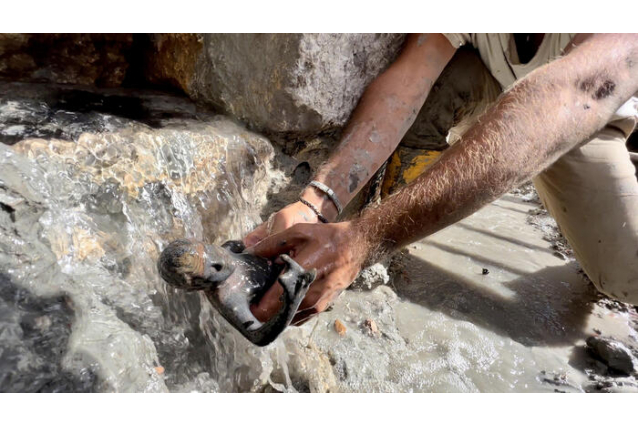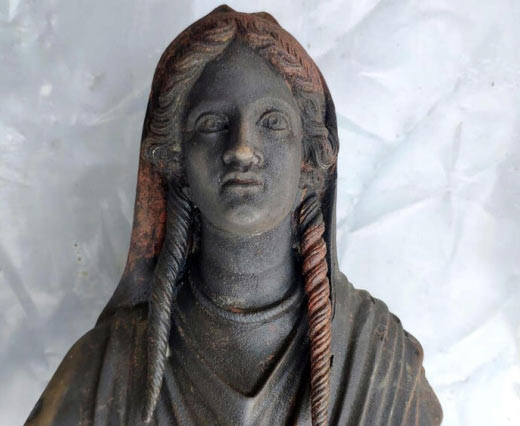A hidden treasure in the mud of the thermal pools that has rewritten history.
THE STATUES OF SAN CASCIANO AI BAGNI SIENA
Here’s what happened in a small village near Siena, at the foot of Mount Amiata.

Is it possible to survive for 2300 years under layers and layers of mud and water?
Well, the answer is yes. This was the discovery made in November 2022 in San Casciano dei Bagni Siena, the most remote municipality of the beautiful province of Siena.
24 bronze statues from the Etruscan and Roman eras, some of which are perfectly preserved, emerged from an excavation of a votive deposit, along with numerous coins and some inscriptions in Etruscan and Latin.
The Minister of Culture Gennaro Sangiuliano was immediately carried away by the enthusiasm of the discovery and stated that this is “An exceptional find, which once again confirms that Italy is a country of immense and unique treasures. The layering of different civilizations is a unique feature of Italian culture.”

The statues of San Casciano ai Bagni Siena date back to between the 2nd century BC and the 1st century AD, varying in size, with some standing nearly a meter tall. They represent figures that the locals venerated at the sacred site. The sanctuary had been in existence since the 3rd century BC and remained active until the 5th century AD, when, during the Christian era, it was closed but not destroyed.
The pools were sealed with heavy stone columns, and the deities were respectfully entrusted to the water. This is also why, when the cover was removed, archaeologists were faced with an intact treasure. In fact, as Jacopo Tabolli, professor of archaeology at the University for Foreigners of Siena, explains, “it is the largest deposit of statues in ancient Italy and, in any case, the only one where we can fully reconstruct the context.”
This discovery, Tabolli continues, “will rewrite history,” and is certainly the most significant find since the Riace Bronzes and one of the most important bronze discoveries ever made in the history of the ancient Mediterranean.

For now, the excavations will stop and resume next spring, but the work will continue, focusing on the restoration of the statues that were discovered. At the moment, the Statues of San Casciano ai Bagni Siena are housed at the restoration laboratory of the Central Institute of Restoration in Grosseto. After careful restoration, they will most likely be exhibited at the Scuderie del Quirinale in Rome.
Our hope is that the bronzes can soon return “home” to Tuscany, once the dedicated museum in San Casciano dei Bagni Siena and an archaeological park are ready, giving visitors the chance to admire their magnificent beauty.
If you want to visit the places where the statues were found, Siena is only an hour away by car.
Visit the Borgo Grondaie website and find the perfect offer for your stay in Siena.

